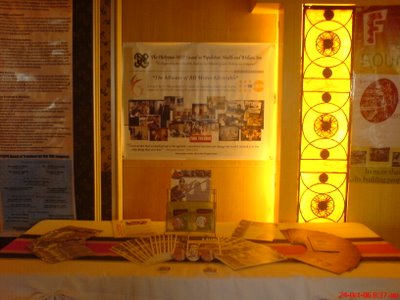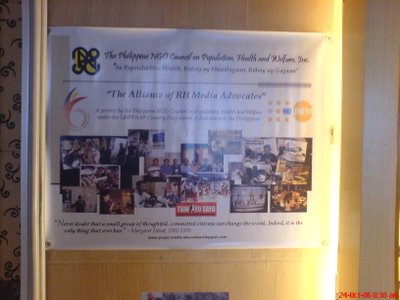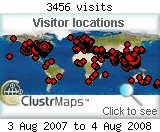Eid Kabalu, spokesperson for the 11,900 strong Moro Islamic liberation Front (MILF), told AdnKronos International that the Assembly of Darul-Iftah, an organization of Islamic religious authorities or imams, has issued guidelines on Philippines President Gloria Macapagal-Arroyo's birth spacing program.
"There's nothing wrong with family planning program. It was reviewed by the Darul-Iftah and they are also endorsing it," Kabalu said.
"We are advising our fellow Muslims to coordinate with government health workers. We encourage Muslim couples to practice it because it will help in all aspects of human life," he added.
The Philippines is 85-percent Catholic. The Church allows only natural family planning methods and considers the use of artificial means of birth control a grievous sin.
Manila's health department family planning program is based on responsible parenthood, which gives married couples the responsibility of spacing their children.
"The government is not banning having children. But what the government is proposing under birth spacing is to lower the birth rate based on the natural cycle of women," regional health officer Abdullah Dumama told AKI.
According to Dumama, a sound population control program would create an informed citizenry, which would in turn practice birth spacing that would result in fewer births.
However, Kabalu stressed that a family planning program for the Muslim community should be anchored on the principles of non-coercion, responsible parenthood and informed choice."
"It does not refer to abortion, neither to birth control but birth or child spacing and should be the couple's decision," he said, quoting what the late MILF chairman, Salamat Hashim, once had told him.
To strengthen his point, he reminded that in 2004, 22 Muslim religious leaders signed a 'fatwah,' – religious edit - affirming that "improved reproductive health conditions benefits individual Muslims and strengthens the Muslim nation socially, economically, politically and in all other aspects of human life."
At the same time, Kabalu added "the fatwah stated that all methods of contraception are allowed as long as they are safe, legal, in accordance with the Islamic Shariah, and approved by a credible physician preferably a Muslim for the benefit of both the mother and the child."
In general, Muslims believe that birth control and prevention of pregnancy are prohibited except when the pregnancy places the mother in danger or cause illness which will affect her life.
Based on the 2000 census, the country's population was growing at the rate of 2.36 percent each year, or 1.6 million babies.
In mid-2006, the population was estimated at over 87 million. By 2025, the number of Filipinos is projected to reach 115.7 million and, given the five-year-old census baseline, the population could hit 100 million in the next five to six years.
Mindanao's population is growing fast at 2.42 percent per year, higher than the national average of 2.36 percent.
In the Autonomous Region in Muslim Mindanao (ARMM), the 2.4 million populace is growing by 3.86% with most families having an average household size of 6.13, the highest nationwide. ARMM is also the poorest part of the country.
(Fsc/Jma/Aki)
Article written by Jeoffrey Maitem, PDI-Mindanao Bureau. Jeof also writes for AdnKronos International.
published online at:
Leggi questo articolo:





















